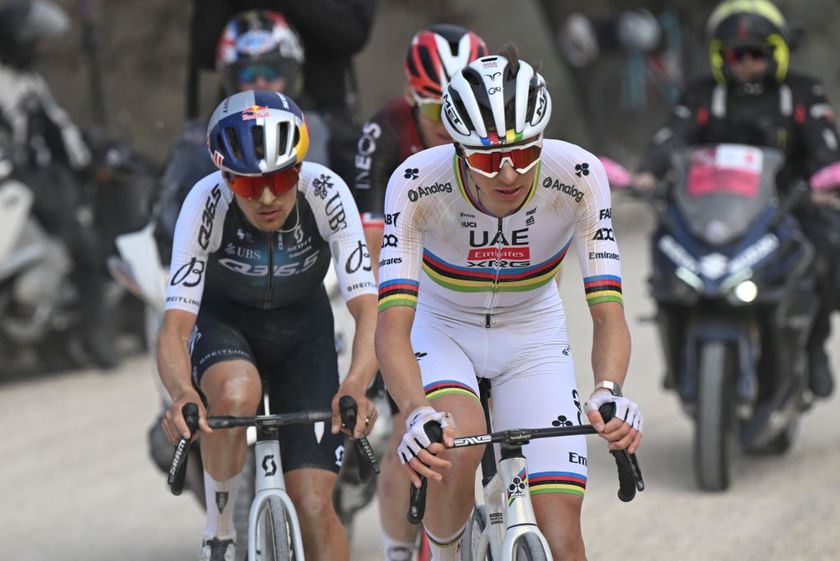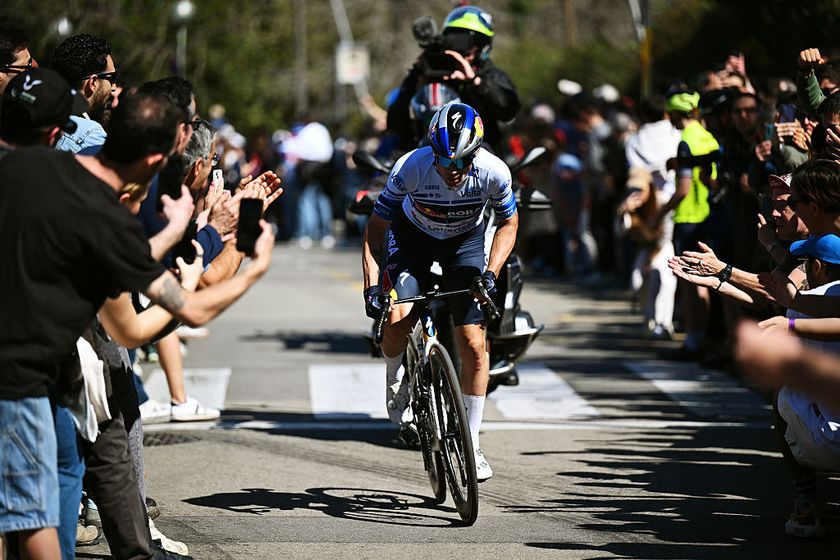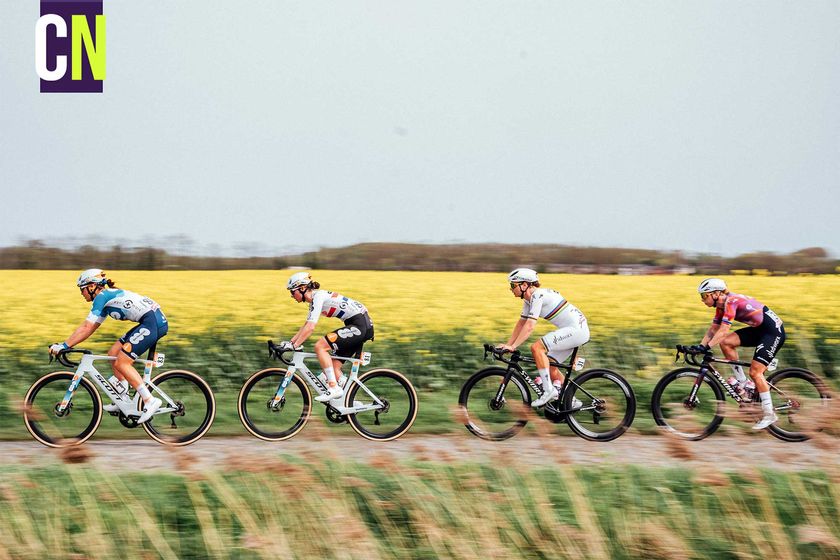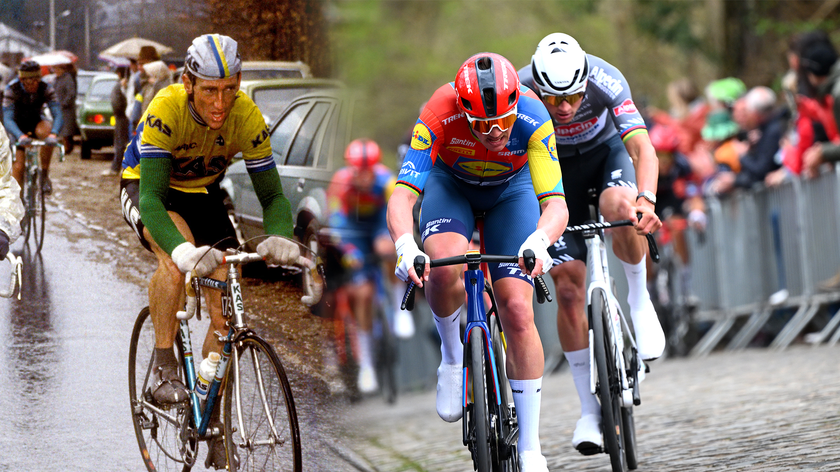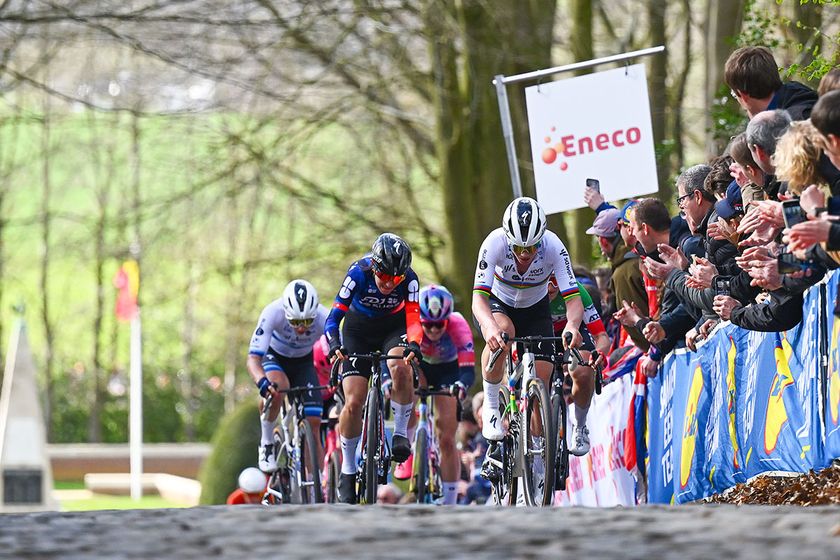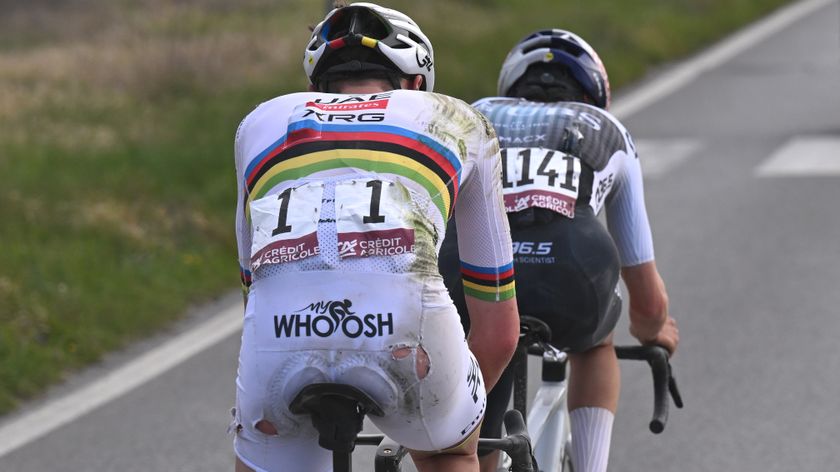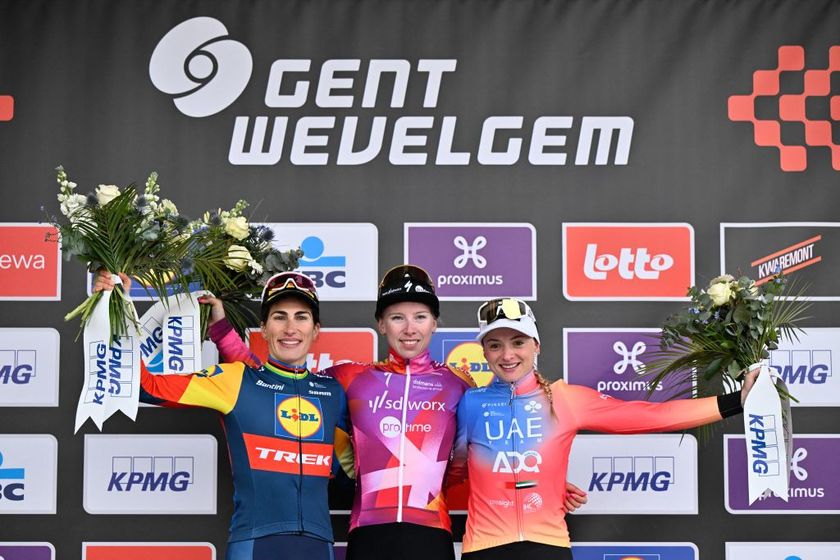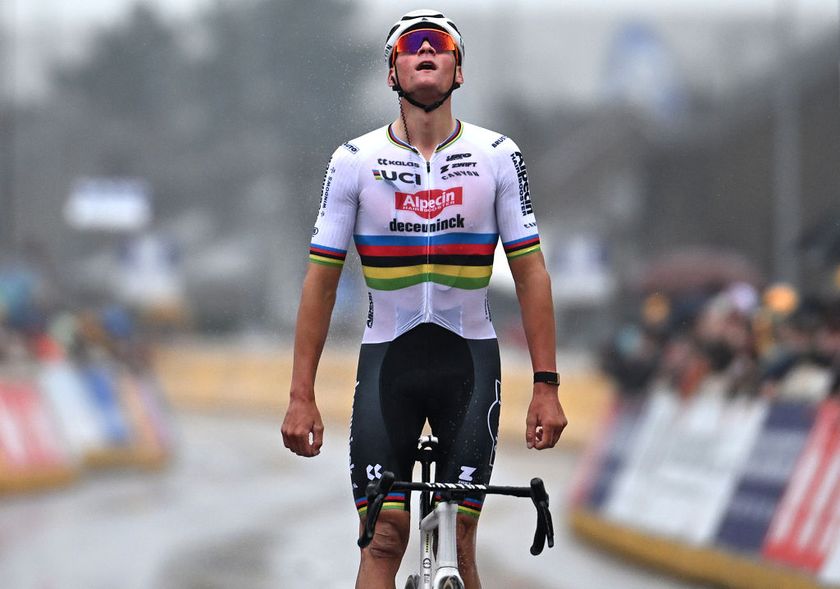USA Cycling revamps pro calendar
News feature, November 14, 2006 Bike racing in the US has had a strong resurgence recently, but are...




News feature, November 14, 2006
Bike racing in the US has had a strong resurgence recently, but are there enough races and enough racers to merit the addition of another professional-only calendar? Cyclingnews' Mark Zalewski explores USA Cycling's response to the problem.
USA Cycling recently announced the formation of a new elite pro-centered road racing calendar in the US, literally called the USA Cycling Professional Tour (not to be confused with the UCI ProTour). The move does not replace the NRC but supersedes it by placing all of the current or forthcoming UCI elite-level events on a separate calendar along with the three national championships of road racing, time trial and criterium. In effect there will be two professional calendars for 2007, a top tier of invitational races for only elite UCI pro teams and one that will be open to professional as well as elite amateur teams.
The rationale behind this change is multi-faceted according to Steve Johnson, CEO of USA Cycling, but stems mostly from the recent flourishing of UCI events and continental teams in the US. “We want to showcase the top level in men's professional bike racing," said Johnson in an interview with Cyclingnews. "The calendar pulls out and highlights events that will become professional only. With the fifteen continental teams, the three pro continental teams and one ProTour team, we have reached a kind of critical mass of professional racing in this country where they can benefit from and deserve a separate calendar. ”
However, another deciding factor, though seemingly an after effect, for the separation of road cycling events in the U.S. comes from years of criticism that the NRC has too many events. In recent years organisers and teams alike have voiced concerns that the calendar was overloaded and not structured logically. Some of the biggest complaints came from race organisers of smaller but long-standing races who were worried that the new events coming on line would negatively affect them after years of work promoting these foundation events.
Jack Brennan, who created and promotes the Tour of the Gila in rural New Mexico, knows that his event will never compete with a Tour de Georgia, California, or the like. He runs his event, which has been one of the few true stage races over the past two decades, because he says it plays an integral role in developing cycling in the U.S. Further, it gives lower category racers the rare experience of real stage racing.
"The people come here and the race is well organized - our first intent is to run a racer's race," Brennan said. "They come to Silver City and race five or three days, hard and in good quality fields, and they leave satisfied. We aren't a big community that can attract vendors - we aren't interested in getting these big expos with big companies. We offer a five day race for category two, which is pretty unheard of. The same for the category three's."
Get The Leadout Newsletter
The latest race content, interviews, features, reviews and expert buying guides, direct to your inbox!
"You would think we would get some respect and be free of races competing against us. But this year two new races, criteriums with big prize money back in the southeast, [were] right on top of our race. I can't see why we can't all work to promote cycling together. If you want to race overseas in Europe, you have to learn how to be a stage racer for five hard days. If you want to get to that next level, that level is not racing criteriums. I feel we embody what the feeling of a good, hard stage race is all about."
An accurate representation of the growing pains associated with a developing racing calendar in the U.S. was the second weekend in August this year. The weekend has been home to the Manhattan Beach Grand Prix for decades. Also on the same weekend this year was the newly expanded Tour of Utah stage race. Further crowding the weekend was the Tour of Elk Grove, a new criterium race near Chicago with big money. Elk Grove race director Nick Sepke, who puts on criterium nationals the following weekend, said that the decision to pick that weekend was to offer teams a chance to stay in the Chicago area to ease logistics.
"That was the thought process behind it, the traveling and expense for the teams; it would be easier for them back-to-back," said Sepke. "The weekend after was a no-go for USA Cycling for some reason. There are more and more events that are coming on the schedule and they aren't relating to us how they are picking and choosing [dates.] We are all in this together, and we all want to put on big events that support cycling."
The result was three races with three very different appeals for domestic pro teams. Manhattan Beach had NRC points; the Tour of Utah was an up and coming stage race with plans to go UCI in 2007; and the Tour of Elk Grove had 153,000 reasons (in US dollars). "We are in a tight jam that weekend, because we have to be at Manhattan Beach and Portland," said Health Net-Maxxis' director Jeff Corbett who cited additional sponsor demands in choosing races. "Utah is the best prep for USPRO [road.] So I sent everybody who was a contender for USPRO there, and that left me three guys [for Elk Grove.]"
The bifurcation of the calendar into two tiers should alleviate some of these problems, at least according to Johnson. "The professional tour events are all invitational, so not all of the pro teams will be at each race for one, and also most of those pro teams are large enough to be able to field two teams. We have tried to prevent conflicts in terms of type of race - a stage race on top of a criterium instead of on top of a stage race - so that a team with a different style of riders can potentially participate in both. Those kinds of events won't suffer at all."
In addition, this new system should allow teams to have more choices that align with their individual team goals and abilities, which should allow for increased participation at all levels. "NRC promoters have asked us the obvious question of what this means for their event, and in reality they are still going to have participation from professionals," said Johnson. "There will still be that level of professional teams that want to focus on the NRC calendar and NRC points to dominate that circuit. It will also allow other teams that have been kept off the NRC races to rise up to the NRC level, providing a forum for teams that don't think they can be competitive at the top level to still put emphasis on the NRC. I think it's a win-win, and I don't think it will diminish the value of the NRC calendar. If anything I think it will increase interest in it, allowing for the emerging teams to have a shot."
"At first glance I kind of like the separation," said Brennan. "If you count the dates on that pro schedule there are not that many, especially for teams that want to race a lot. Hopefully we will still get some of the top teams here." Citing early interest in his race from teams in Mexico and other countries Brennan said, "If we do become a second fiddle race, I hope we will be exposed to other teams that wouldn't be invited to the big races and give them exposure. But we have had the situation before where Georgia slightly affected us by ending to close to our start. It difficult for the pro teams to move their equipment here and our numbers really dropped in the pro/1 fields."
The split of calendars has potential for a variety of impacts; whether these impacts are positive or negative on either side of the division remains to be seen. And though this fundamental change to the system may not have been brought about by USA Cycling as an answer to criticism by race promoters like Brennan or Bruce Dunn, the race director of the Joe Martin Stage Race in Arkansas, the ends they seek could still be achieved.
"I've always thought USA Cycling should regionalize the calendar," said Dunn." What we were thinking when we hit on the date we did is we were looking at the early races on the west coast, then the Tour of the Gila at the first of May, and then the next events were moving to the east coast. I thought this would be great as far as the team cars and mechanics driving across the country. So, doing a west to east coast swing would be a great idea. We have heard from the pros that they want to come to Arkansas. They get two weekends of racing. They can come in early and get some good training. That is the reason they come back."
"We are unique in this country: in terms of scope, we are still about the same as another individual European country yet geographically we are twice the size of western Europe!" says Johnson in response to this and other similar criticisms. "In the European perspective it makes total sense to have races stacked on top of each other because they are still all within a few hours driving time and there are plenty of teams and riders. We are walking a fine line, in a transition phase with this sport that is frankly still developing, and a calendar that is expanding, in a country this big, without any overlapping. As it goes forward and continues to expand, which we intend it to do, we are going to have to deal with the questions of races on the same weekend. We will cross those bridges when we come to them but it is definitely a concern."
